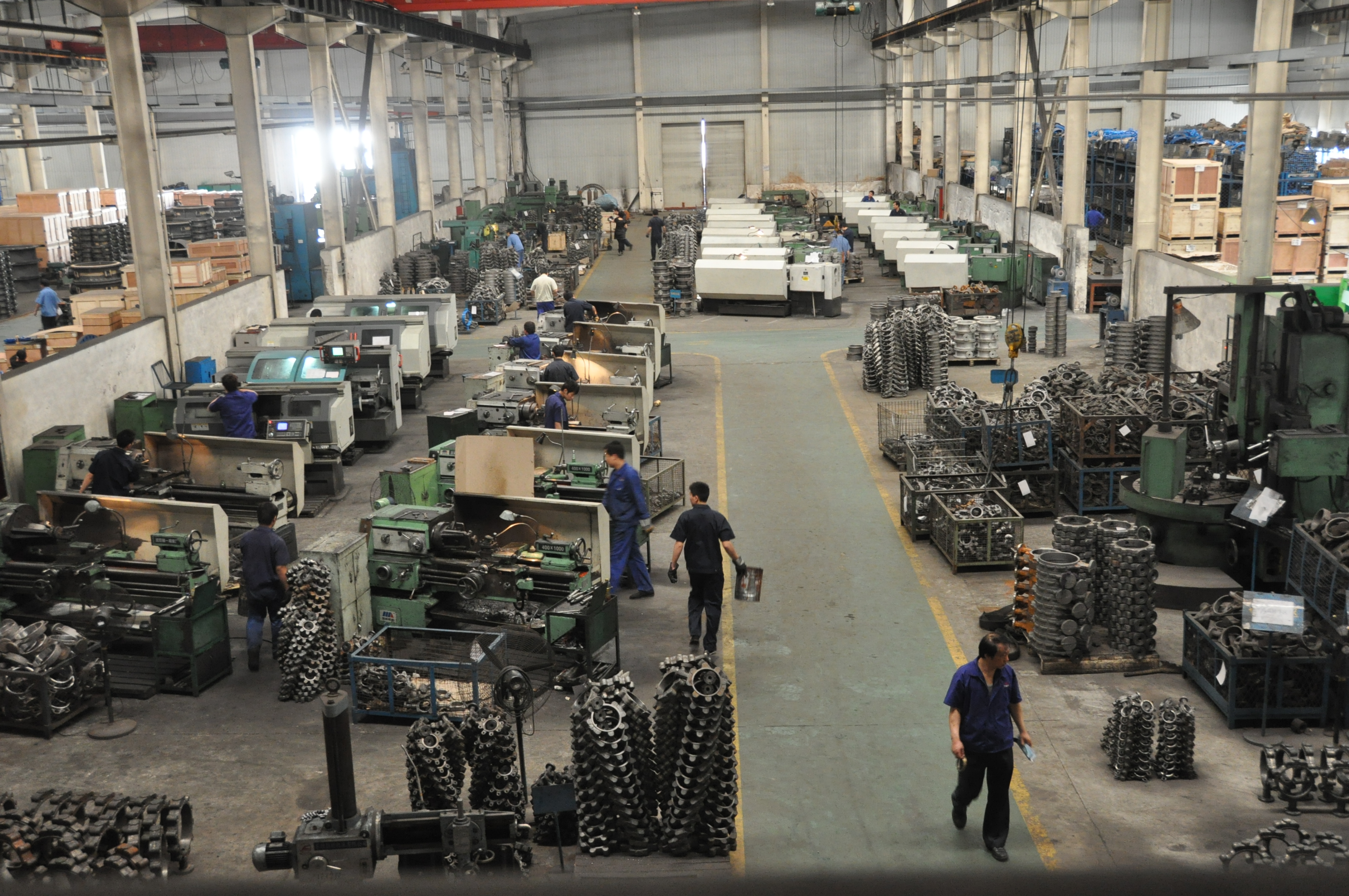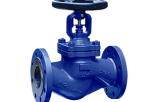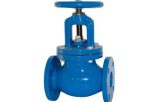Analysis of Application Scenarios and Principles for Globe Valves with “High-In Low-Out” Flow Direction
 secureluokai
secureluokai
 August 29, 2025
August 29, 2025

The mainstream design of globe valves adopts the “low-in high-out” flow direction. This structure can effectively reduce the flow resistance of the medium, making it easier to open the valve. After the valve is closed, the gasket between the valve shell and the valve core, as well as the packing around the valve core, will not be subjected to the pressure and temperature of the medium for a long time. This significantly extends the service life of the valve, reduces the risk of leakage, and facilitates the replacement or replenishment of packing when the valve is closed, making maintenance operations more convenient.
However, “low-in high-out” is not the only flow direction design for globe valves. In specific working conditions, the “high-in low-out” installation method can better meet the application requirements. The specific scenarios and reasons are as follows:
1. High-Pressure Globe Valves with Diameter Exceeding 100mm
For large-diameter (DN > 100mm) high-pressure globe valves, if the conventional “low-in high-out” design is adopted, the sealing performance is easily affected due to the characteristics of the sealing structure of large-diameter valves. When the “high-in low-out” design is used, the medium pressure acts directly on the valve core, which is equivalent to providing an additional “pressing force” for the valve core. This promotes tighter contact between the valve core and the sealing surface, thereby significantly improving the sealing effect of the valve and ensuring reliable shut-off under high-pressure working conditions.
2. Secondary Globe Valves in Series on Bypass Pipes
In industrial systems, to ensure the stable operation and maintenance convenience of the main pipeline valve, two globe valves (divided into primary valve and secondary valve) are often installed in series on the bypass pipe. The core functions of this bypass system include: balancing the pressure before and after the main pipeline valve to reduce the resistance and wear when the main valve is opened; realizing medium and small flow pipe warming during the start-up phase to prevent pipeline damage caused by sudden temperature changes; assisting in controlling the water supply flow in the main water supply pipeline, adjusting the boiler pressure rise rate, and meeting the operation requirements of the boiler hydrostatic test.
During normal operation, both the primary valve and the secondary valve of the bypass are in the closed state, and both are in direct contact with the medium. To prevent the gasket between the valve shell and valve cover of the secondary valve, as well as the packing around the valve core, from being eroded by the medium pressure and temperature for a long time, and to ensure the safe replacement of the secondary valve’s packing during operation, the secondary valve needs to be designed with the “high-in low-out” flow direction. This installation method can greatly reduce the continuous load on the seals and packing after the valve is closed, extend their service life, and provide safe and convenient conditions for later maintenance.




